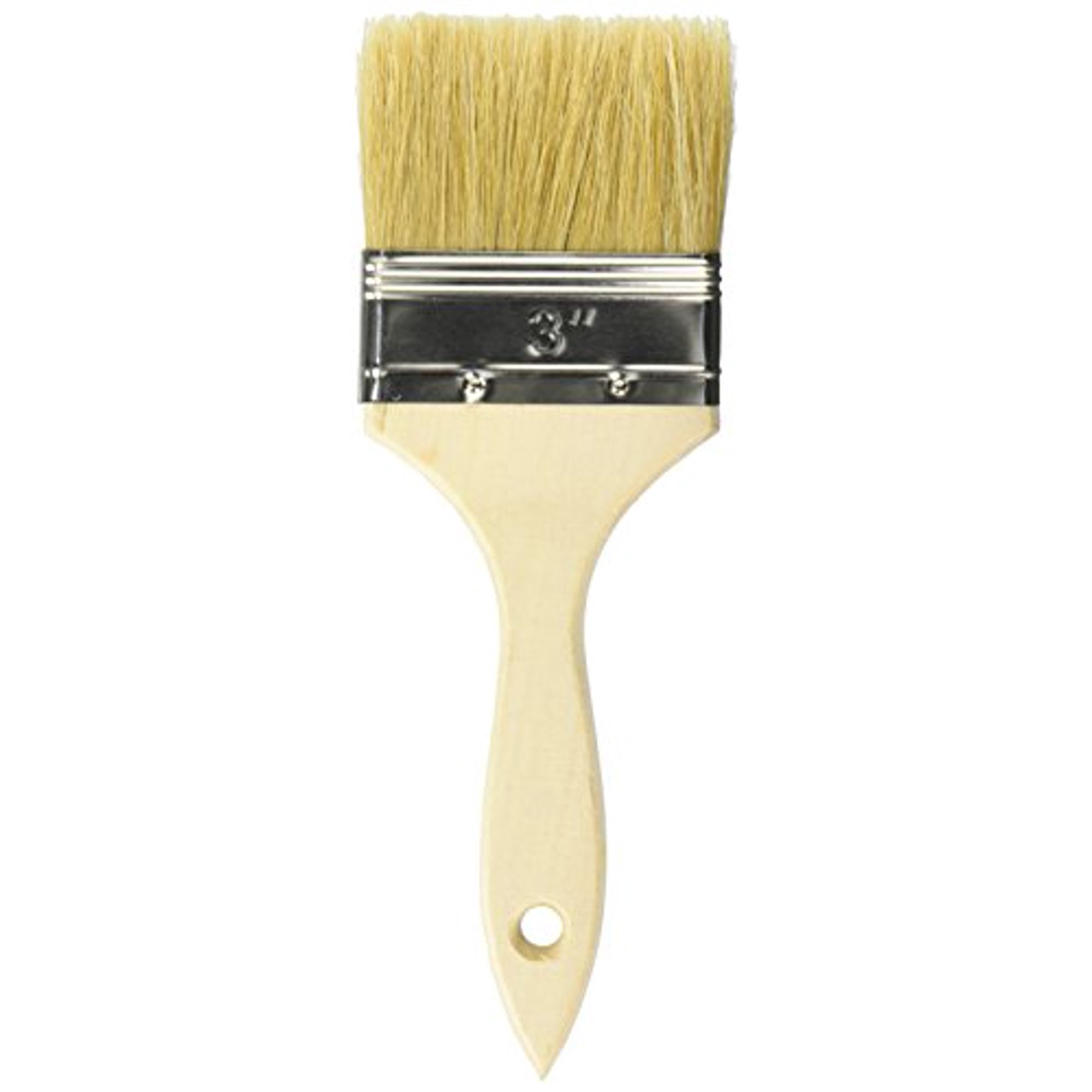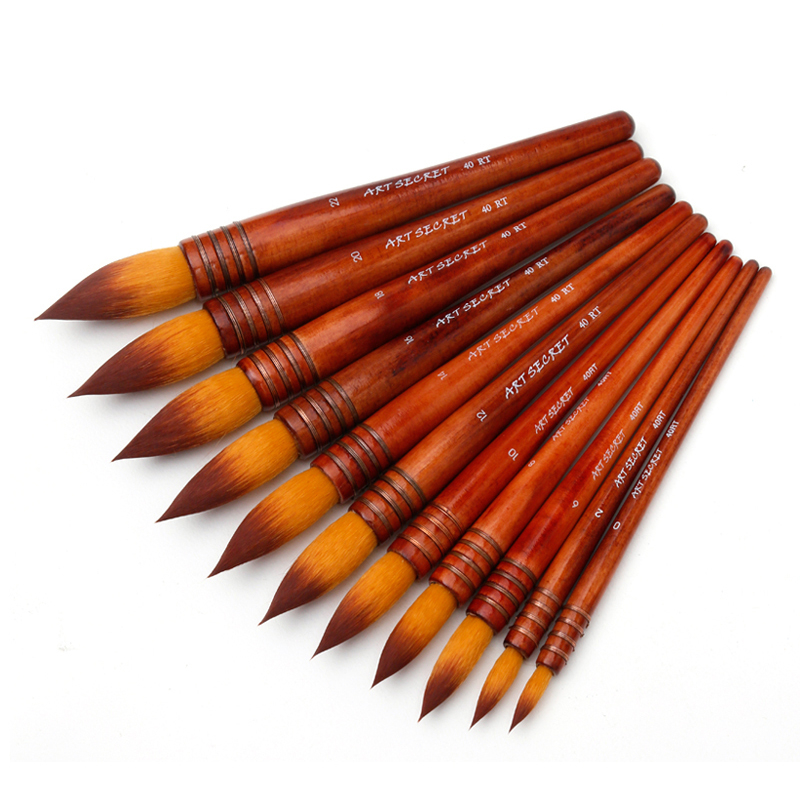A new brush can often have little bristles that will fall out and you don’t want that over your surface while you’re painting. Apply the proper amount of paint on your paintbrush. One of the biggest mistakes people make is that they tend to put gobs of paint on their paintbrush and then have a thick coat of paint on their surface. 722 Best Thick Paint Free Brush Downloads from the Brusheezy community. Thick Paint Free Brushes licensed under creative commons, open source, and more!
- Thick Acrylic Paint Brush Photoshop
- Thick Paint Brush
- Best Exterior Paint Brush
- 2 Inch Paint Brushes Cheap
all about paintbrush care
Learn how to clean a paintbrush properly, to ensure that your paintbrush has a long lifespan!
The sign of a happy paintbrush is one that is gooped in paint, dripping with color, and skipping freely across a canvas - gleefully leaving behind a trail of peppy pigment. A happy paintbrush is a faithful sidekick and as such, deserves to be well-treated. It's important to take good care of your paintbrushes, so that you can enjoy one another's company for a long time to come!
So to keep your paintbrushes happy, remember these few points:

How to Clean a Paintbrush & Keep it Happy
The most important thing to remember in terms of brush care when working with acrylics is that acrylic paint dries very quickly. Always keep your brush wet or moist. Whatever you do - don't let the paint dry on the brush! The longer it is allowed to dry on the brush, the harder the paint will become, which makes it more difficult (if not downright impossible) to remove. Dried acrylic paint on a brush basically ruins the brush, effectively turning it into a crusty stump. Even if you know how to clean a paintbrush, there's really no way to de-crustify a crusty stump of a paintbrush.
What happens if you do happen to let acrylic dry on your paintbrush? Is all hope for the brush lost? Not so, read here to find out what you can do with crusty brushes!
Because acrylics dry so quickly and I want to avoid letting the paint dry on the brush, I typically work by using one brush at a time. On those rare moments when I do use more than one, I keep a close eye on the ones that are not in use, occasionally dipping them in water and shaking off the excess, just to keep them moist. When I'm not using them, I rest them across the rim of my cup of water. As soon as I think I'm done using one of the brushes, I'll thoroughly clean it before continuing with the painting.
Let's refresh our knowledge of the basic parts of a paintbrush:
You see that silvery bit that connects the hairs of the brush with the handle? That part of the brush is called the ferrule. In general, try not to get paint on the ferrule. When paint gets on the ferrule, it's usually connected in a large blob between the ferrule and the hairs, and the result (even after you wash it) is that the hairs will spread apart and wind up frayed. So try your best not to get paint on this part of the brush!
3. Don't rest your paintbrush with bristles down in a cup of water
This is another important point - never leave your brush with the hairs down in a cup of water - not even for a few minutes. This will cause the hairs to bend and/or fray and go all wonky, and the effect is irreversible. If your brushes are precious to you, then this is a definite no-no. Even if the hairs don't bend, for example if it's a rather stiff brush, the hairs will still spread in the water and become frayed and puffed when dry. It will basically never be the same paintbrush ever again!

If you make a purchase via the links below I receive a small commission, which helps support this site.
When actively using more than one paintbrush at a time, it is best to place the brushes that are on 'stand-by' in such a way that the bristles are not touching your palette or tabletop, especially if there is paint on the brush. One easy solution is to lay them horizontally with the bristles hanging over the edge of your work table. This is what I do when I'm working in a place where the floor is either protected or allowed to get paint stains. A more posh solution is this Porcelain Brush Holder. You can rest the paintbrushes in the grooves, keeping the bristles raised. The brush holder is heavy enough that it won't slide around or easily fall over.
Here's another solution for keeping your paintbrushes upright and easily accessible whilst painting. It also serves as a safe solution for transporting your beloved paintbrushes! The Alvin Prestige Paintbrush Holder is made from sturdy black nylon with a handy velcro enclosure.
This brush holder folds up to protect your brushes during transport, and when you're ready to paint, simply pull the drawstring elastic to prop the holder upright, making your paintbrushes easy to reach. The Alvin Prestige Paintbrush Holder is available in two sizes.
Sometimes the unexpected happens. If there's a sudden emergency or interruption (the phone ringing, for example) and you need to dash off in a rush, try to take the extra 10 seconds to do this:
Quickly swish your paintbrush in water, then squeeze out the excess paint and water in a paper towel or rag. Then quickly swish it again in the water and leave it gently resting across the rim of your water cup.
This simple procedure can be done in under 10 seconds. This way, if you're gone for awhile, the brush will stand a better chance of being saved. Leaving it hairs-down in a container of water will surely ruin it, so why take the chance?
Of course, use common sense though. For example, if your studio is on fire, save yourself. You can always buy new brushes! That's an extreme example, but you know what I mean.
Thick Acrylic Paint Brush Photoshop
So what happens if you do wind up with a crusty stump instead of a paintbrush? To look at the positive side, you don't necessarily have to throw it away. Perhaps out of a deep sense of loyalty, I always have difficulty throwing brushes away after they've become crusty or frayed. So I keep them, and use them as 'alternative' art-making tools. Even if the bristles of the brush become hard and brittle, they can still be used to apply paint onto a canvas, albeit in a more rough, expressionistic way. This makes them great for painting abstract art or other styles of artwork that don't require intricate precision or gentle brushstrokes. You can also use the handle of the brush to scrape designs into a thick layer of paint on the canvas.
Be aware that the hairs of your brush may (and will, eventually) get tinted to whatever color you've been using. This is normal and nothing to worry about. The stained color is locked into the bristles, so the color won't stain or intermix with your paint the next time you use it. Don't worry, if your brush gets tinted with color, it's not ruined!
Caring for your paintbrush is mainly a matter of common sense. If you treasure your tools, you'll intuitively know how to treat them. Just follow these guidelines and you will have a set of happy paintbrushes on your hands!
Thick Paint Brush
Now, find out how to clean a paintbrush!
Art is Fun Paintbrush Guide
Page 1........ describes the different types of brushes for acrylics and what each paintbrush can do.

Page 2........ answers all the questions that a beginning artist will have about paintbrushes.
Page 3........ explains how to safely care for your paintbrushes and keep them happy.
Page 4........ demonstrates the best way to clean, store and transport your paintbrushes.
Best Exterior Paint Brush
read more...
2 Inch Paint Brushes Cheap
Click here to return to the main Acrylic Table of Contents page, where you will find links to all of the acrylic information and tutorials on this site!
